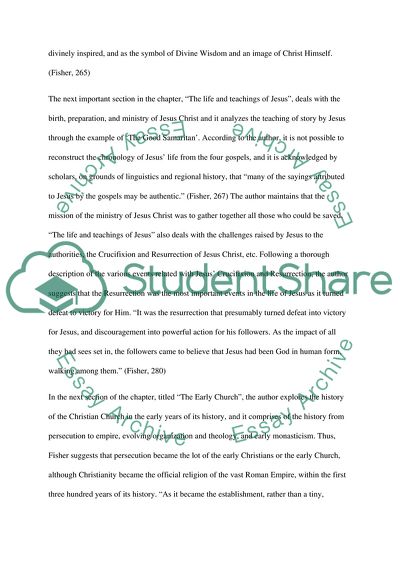Cite this document
(“Living Religions by Mary Pat Fisher as a Christianity Guide Book Report/Review - 1”, n.d.)
Retrieved de https://studentshare.org/religion-and-theology/1409736-christianity-guide
Retrieved de https://studentshare.org/religion-and-theology/1409736-christianity-guide
(Living Religions by Mary Pat Fisher As a Christianity Guide Book Report/Review - 1)
https://studentshare.org/religion-and-theology/1409736-christianity-guide.
https://studentshare.org/religion-and-theology/1409736-christianity-guide.
“Living Religions by Mary Pat Fisher As a Christianity Guide Book Report/Review - 1”, n.d. https://studentshare.org/religion-and-theology/1409736-christianity-guide.


